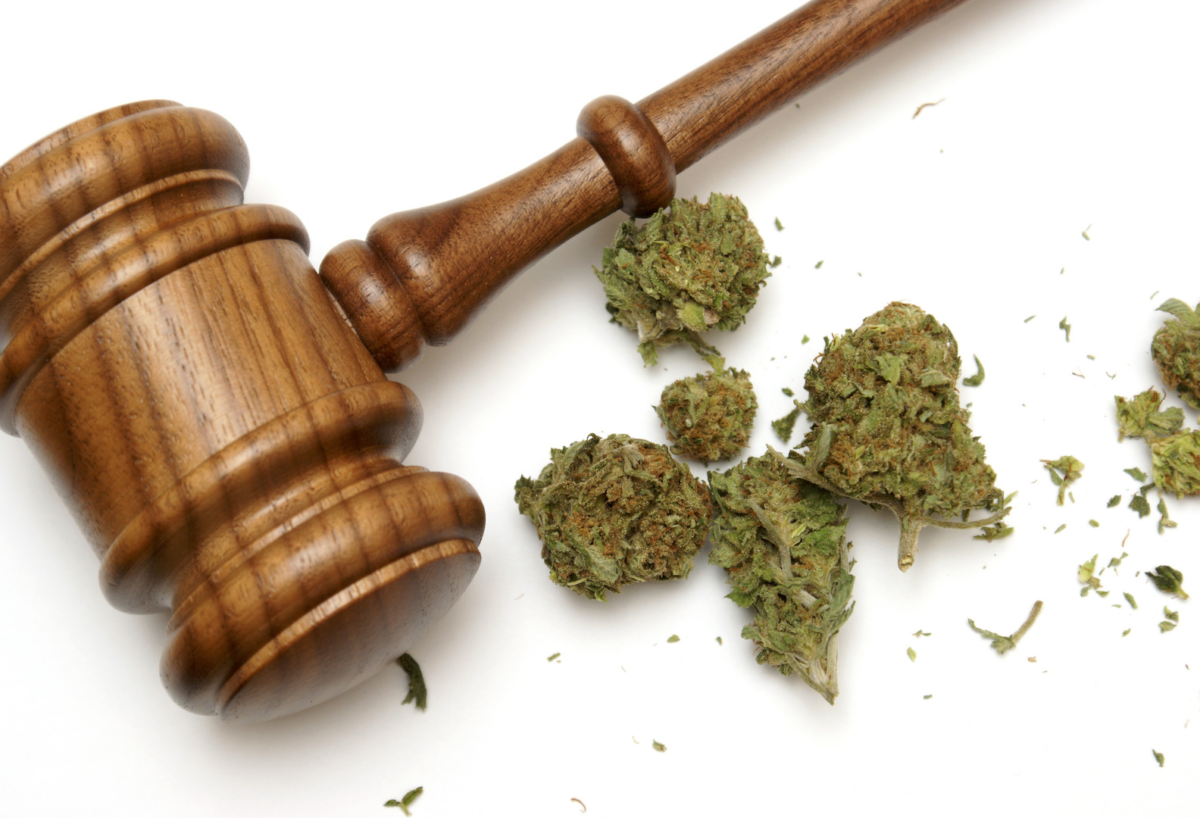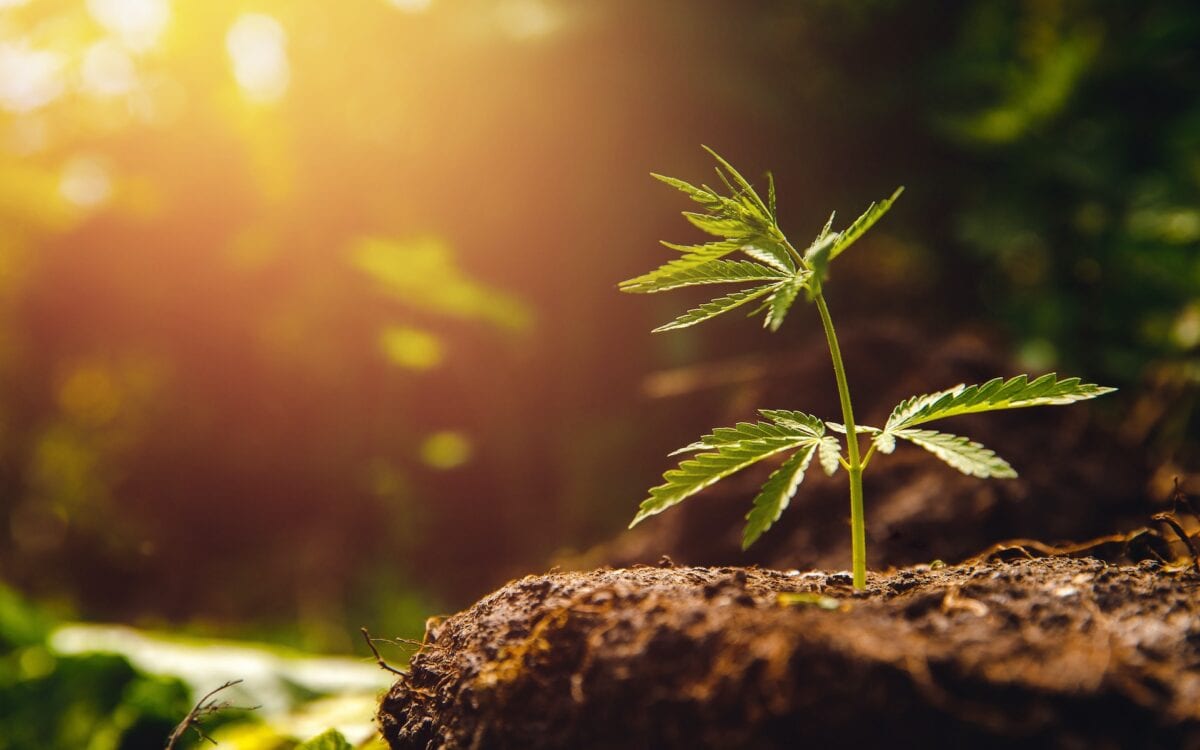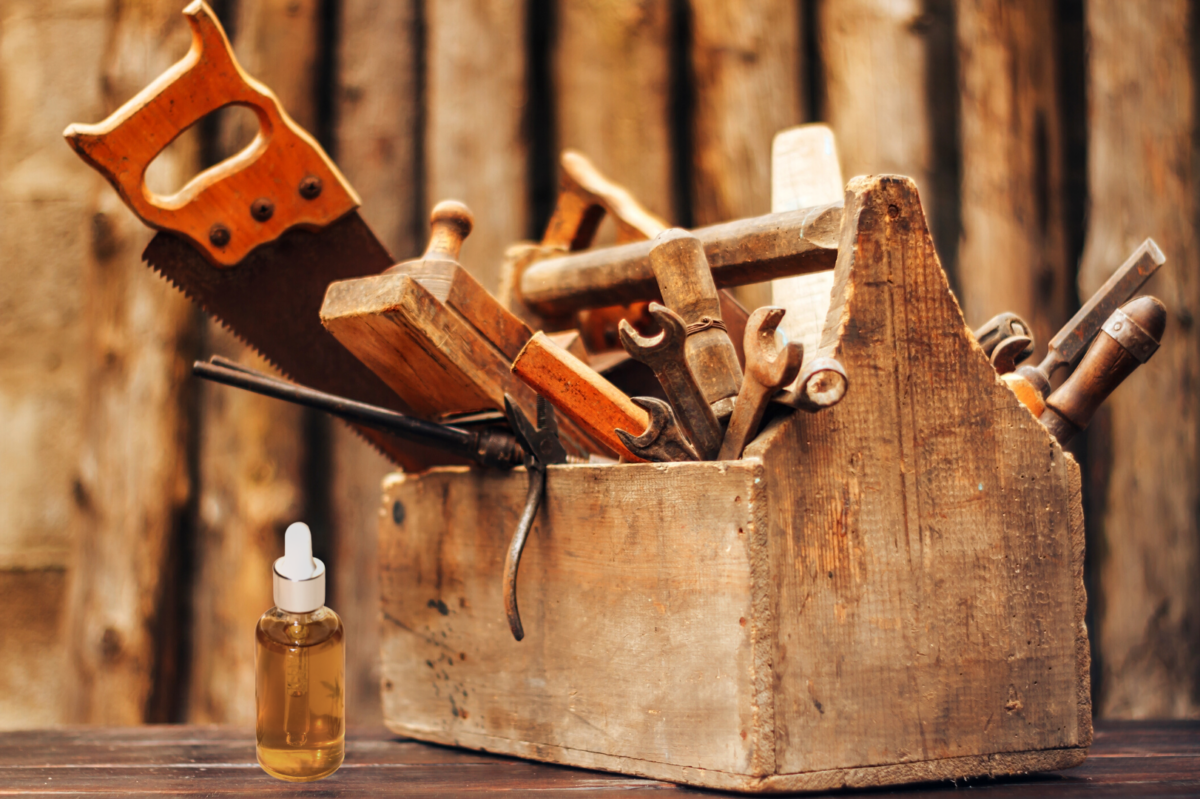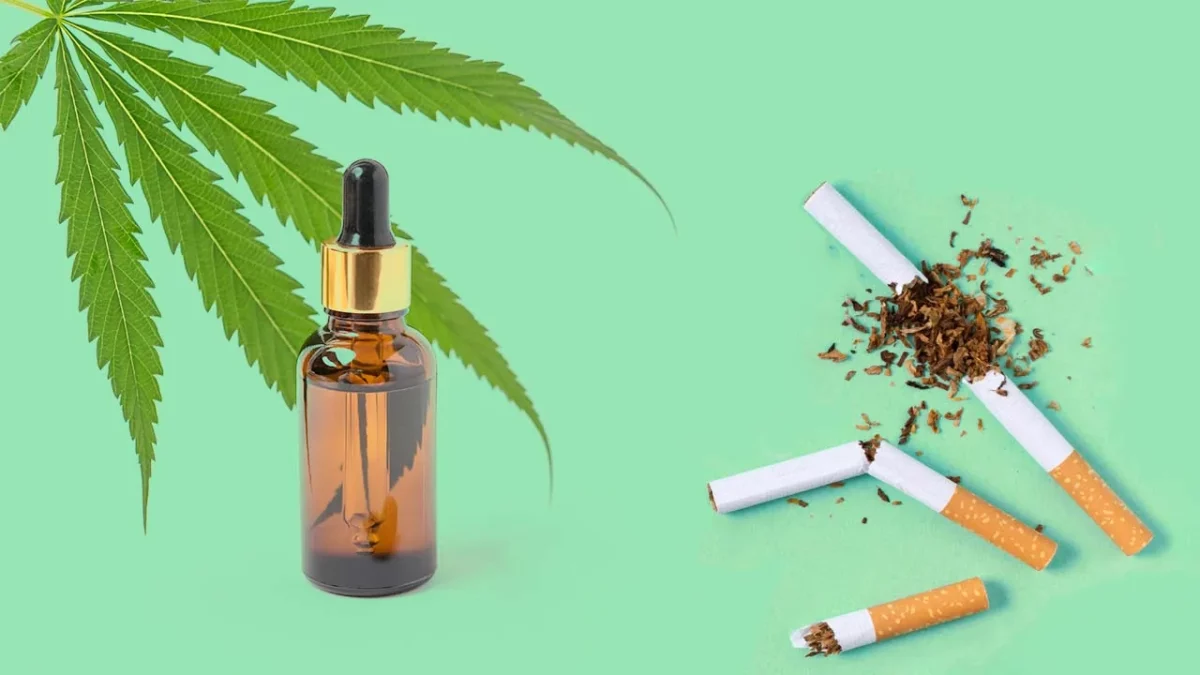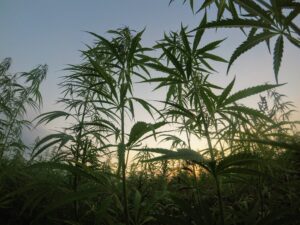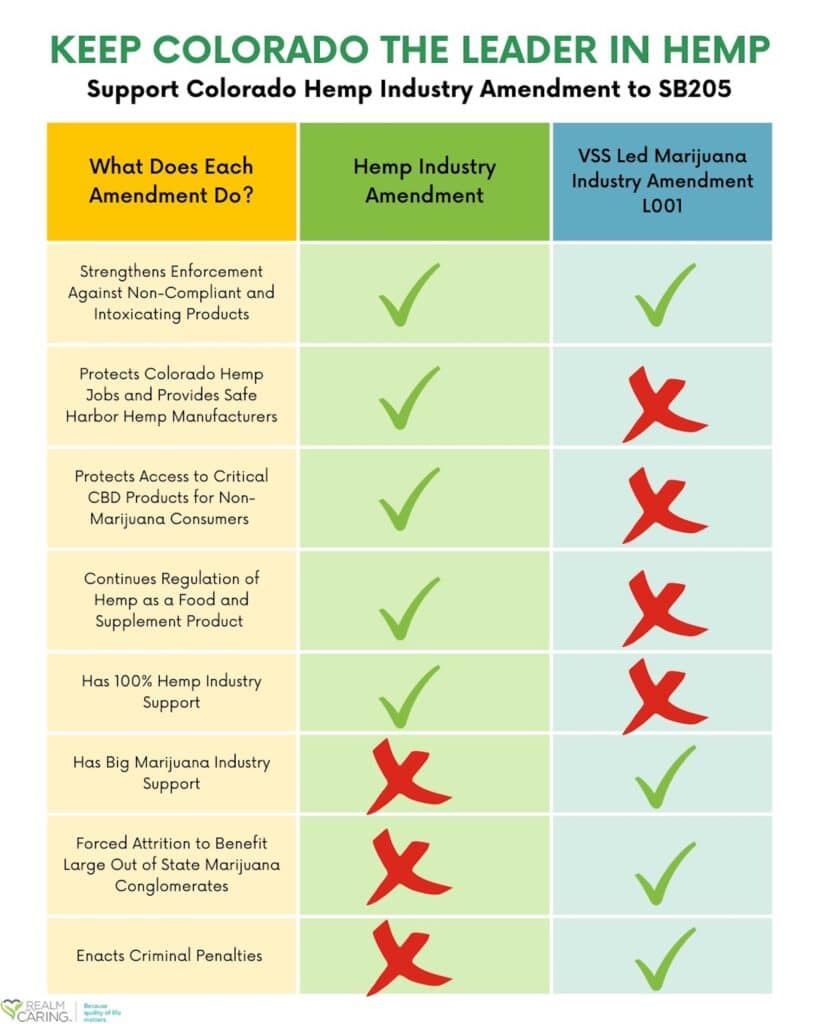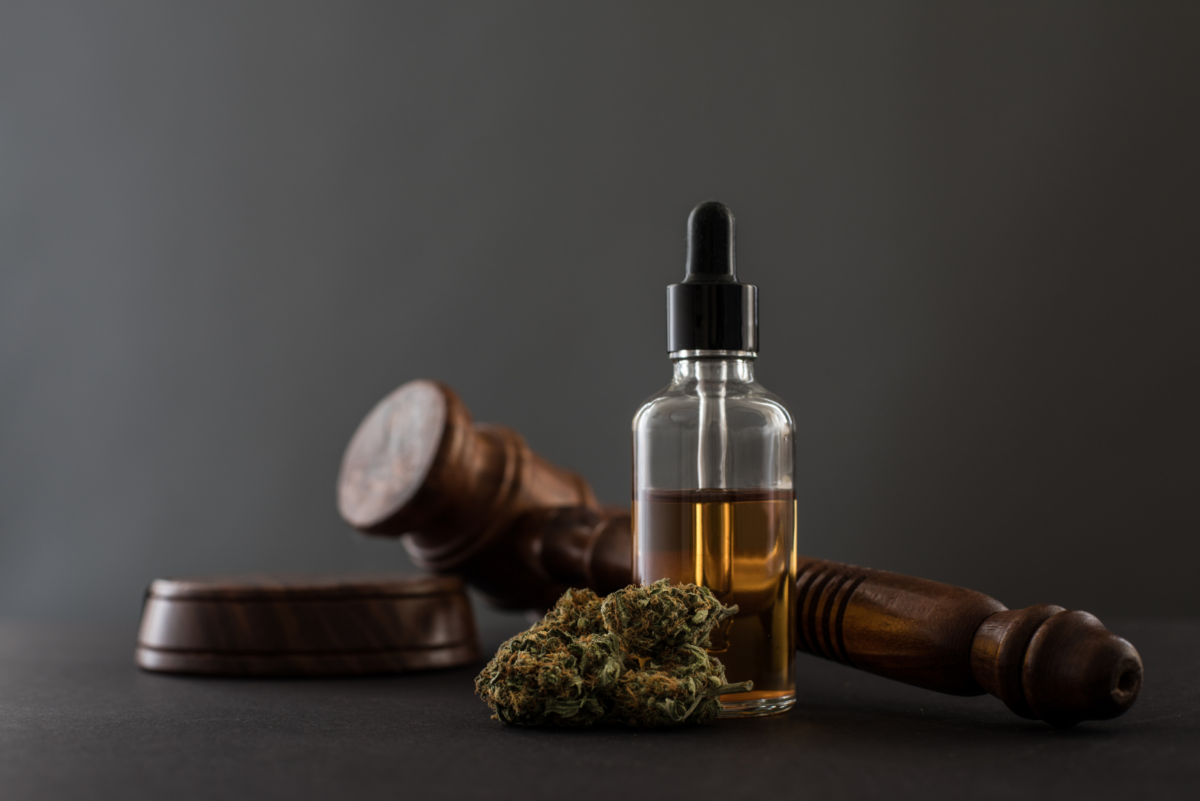On May 14, 2021 a bipartisan bill was introduced in the Colorado House to more strictly regulate high-potency THC products, imposing barriers to access for medical consumers as well as negatively affecting recreational buyers and cannabis businesses in Colorado. The detrimental language of the bill unfairly targets medical cannabis patients, medical cannabis doctors and clinics, and cannabis dispensaries in the state. The Speaker of the House and the President of the Senate both signed this bill on June 23, 2021 and Governor Polis signed on June 24, 2021.
There were great efforts put in place to oppose the bill, to delay implementation, and to sue the state challenging 25 significant breaches to the Constitution of the State of Colorado, Health Insurance Portability and Accountability Act. Now, nearly one year since the bill was signed, we have seen the damage it has caused.
This bill has turned doctors away from medical cannabis for fear of breaking five laws and losing their DEA license. Businesses have been forced to close and patients were left completely out of the conversation that affects their right to privacy and access to medicine.
On July 14, 2022 at 5pm MT, Realm of Caring will be hosting an “Ask the Patient” webinar that anyone can join. We will begin this webinar by previewing a segment of NOVA’s The Cannabis Question, looking at the social acceptance of cannabis. Following, we will be speaking directly with the individuals who have suffered harmful consequences that came from this specific bill, HB21-1317.
This does not just affect Colorado. As a leading example of how legalized cannabis can be carried out professionally and responsibly, Colorado also serves as an example of how those very rights can be chipped away with regressive policies that sail through the legislature. We are witnessing a grim foreshadowing.
We encourage you to write in your questions to [email protected] and, no matter where you reside, join us with this registration link. Continue reading for more detailed information on what this act requires.
For a medical patient in the state to be approved for a medical cannabis card, this act requires:
- A full assessment of the patient’s medical history, to include their mental health history;
- The maximum THC potency level recommended by the physician;
- The recommended product and directions for use;
- The daily authorized quantity.
For medical patients ages 18 to 20 years old, this act requires:
- Two physicians from different medical practices to diagnose the patient after having in-person consultations where one physician must provide written documentation specifying the condition and benefit of medical cannabis;
- The patient attends follow-up appointments every 6 months after the initial visit with one of the physicians unless the patient is homebound.
This act also requires:
- A report to be created from emergency room and hospital discharge data of patients who presented with “conditions or a diagnosis that reflects marijuana use”;
- Coroners to test for the presence and quantity of THC in each case of a non-natural death and make recommendations;
- Medical cannabis dispensaries to immediately record transactions to monitor patient data for identifying discrepancies with daily purchase limits and potency authorizations;
- Limitations on the amount of cannabis concentrate that a patient can purchase in one day to 8 grams, with a 2 gram daily limit to those 18 to 20 years old.
- Limitations on the amount of retail cannabis concentrate sold to 8 grams;
- A tangible educational resource regarding the use of regulated cannabis concentrate to be distributed to purchasers.
This act appropriated the following budget for the 2021-2022 fiscal year:
- $4,000,000 from the marijuana tax cash fund to the department of higher education for use by the Colorado school of public health and any unexpended money from the appropriation is further appropriated to the department for the same purpose;
- $541,826 to the department of public health and environment for use by the center for health and environmental information: $265,656 of the appropriation is from the general fund and is $276,170 from the medical marijuana program cash fund;
- $50,000 from the general fund to the department of public health and environment for use by disease control and public health response;
- $255,167 from the marijuana cash fund to the department of revenue to implement the act;
- $95,706 and allocates 0.5 FTE to the department of law from reappropriated funds from the department of revenue; and
- $2,000,000 from the first time drunk driving offender account to the department of transportation.


